8. Shinya Tsukamoto
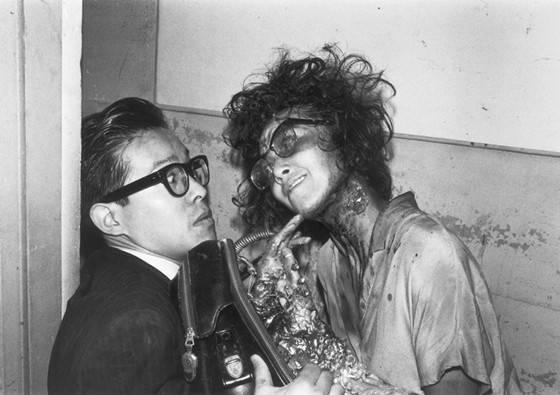
Another world-renowned member of the list, Shinya Tsukamoto has been a director since he was 14 years old, when his father presented him with a Super 8 camera.
Later on, he worked in commercials and promotional videos, whose aesthetics he later incorporated in a perverse fashion in the film that made him famous to the cult world, “Tetsuo: The Iron Man”. This was one of the titles that instigated Japanese cyberpunk, which differed from its western equivalent due to its extreme violence, irregular sex, and surrealistic themes.
Tsukamoto continued to abnormally explore genres such as thrillers, action and horror films, and although in later years he became more mainstream, titles that include his name in the cast are still of the cult category.
Proposed filmography:
Tetsuo Trilogy, Hiruko the Goblin, Tokyo Fist, Bullet Ballet, A Snake of June
9. Koji Wakamatsu
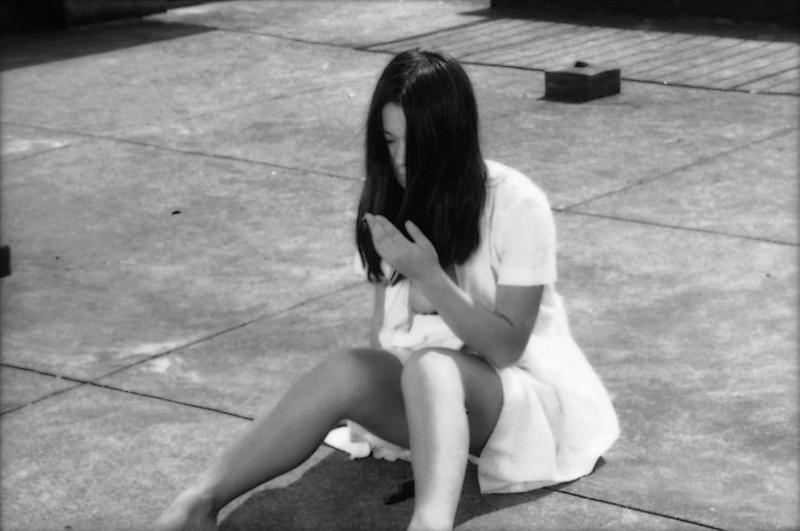
Koji Wakamatsu is a filmmaker that could not be missing from this list since his works have touched all of the genres that are considered cult. He started with exploitation, moved to pinku (soft porn), of which he is hailed as its most important director, and ended up in political films and documentaries, where his anarchistic visage and sharp political remarks was mixed with extreme violence and at times, sex.
Another one of his characteristics is his extreme will for making pictures, with his constant lack of budget seldom forbidding him from shooting. This tendency of his found its apogee in “United Red Army”, where he mortgaged his house to raise the money and in the end even managed to ruin it after using it as the set of the last act of the film.
His themes throughout the years included misogyny, misanthropy, sex and death in adolescence, revenge and human decadence, and usually incorporate individuals resorting to heinous acts. However, inside of all this decay, he managed to include his ideas regarding politics; for example, the reason for the failure of the student movement that occurred in Japan during the late 60s and early 70s.
Another distinct characteristic of his lies in the technical department, and it chiefly occurred due to low budget. Although they were mostly shot in black and white, he used to splash color on the screen whenever he wanted to underline a scene.
Lastly, one more fact that proves his cult status is that he was the producer of Nagisa Oshima’s “In the Realm of Senses”, one of the most controversial films of all time.
Proposed filmography:
The Embryo Hunts in Secret, Violated Angels, Go, Go, Second Time Virgin, Violence Without a Cause, The Woman Who Wanted to Die, Sex Jack, Ecstasy of the Angels, Endless Waltz, United Red Army, Caterpillar
10. Katsuhito Ishii
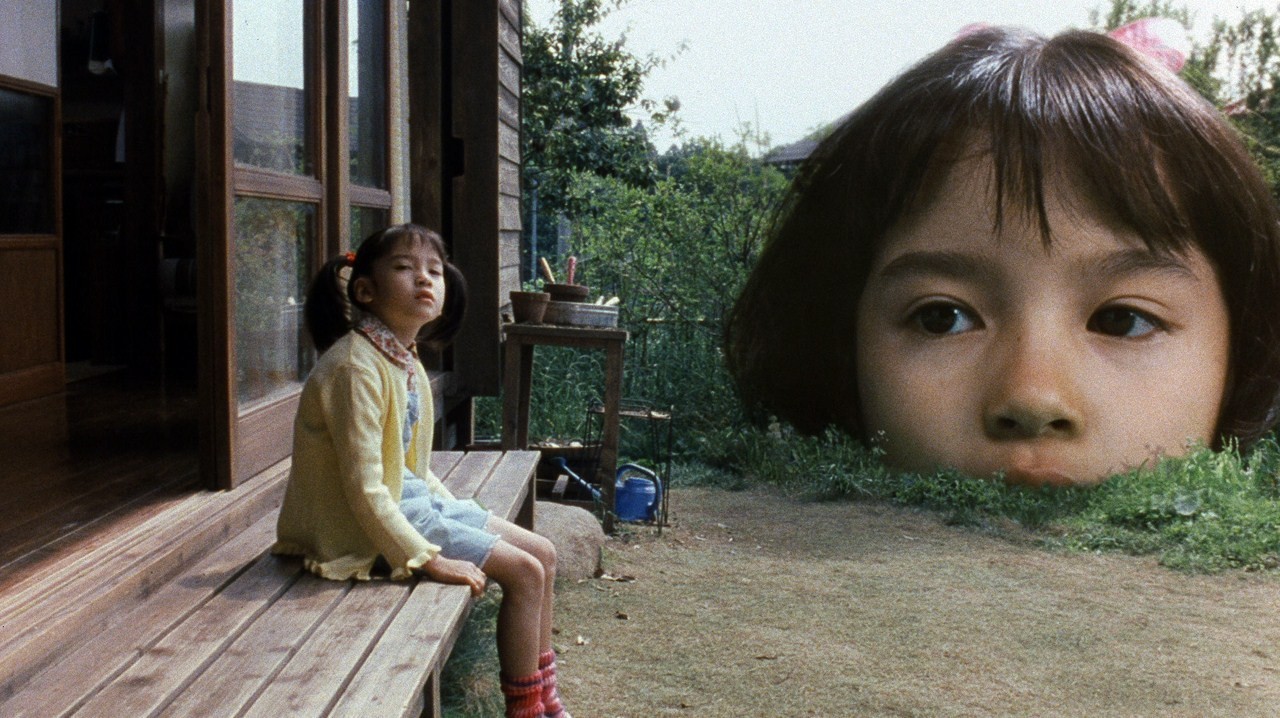
Former animator and commercial director Katsuhito Ishii is another world-renowned cult filmmaker, a status he achieved after creating the animations sequence in Quentin Tarantino’s “Kill Bill”.
His films have a unique style that loan much from the nonsensicality and preposterousness of manga and anime, and regularly moves even beyond surrealism. Additionally, he has managed to incorporate those elements in any kind of film he has shot, either being yakuza films or family dramas, or even “Funky Forest”, a movie that simply cannot be categorized due to its totally unconventional narration, and impossible characters and themes.
Lastly, his works entail some of the most absurd characters ever witnessed on film (regularly portrayed by cult favorites Tadanobu Asano and Tatsuya Gashuin), in a clear evidence of his vast inspiration towards the peculiar.
Proposed filmography:
Shark Skin Man and Peach Hip Girl, Party 7, The Taste of Tea, Funky Forest: The First Contact, Smuggler
11. SABU
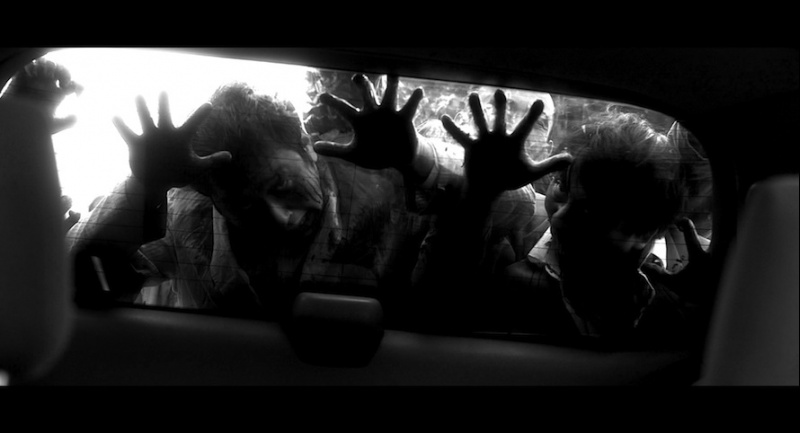
Born Hiroyuki Tanaka, Sabu is quite a peculiar individual even for the particular category, since he reached cult status both as director and actor (for example he played in Miike’s “Ichi the Killer”), not to mention that he previously studied at a fashion school and worked as professional musician.
Sabu’s films have a unique style, which usually incorporates black comedy, parody, surrealism, regular switches between fast and slow pace, and very peculiar though extremely interesting characters, usually portrayed by Shinichi Tsutsumi and Susumu Terajima. His techniques and tendencies in the field have inspired filmmakers from all over the world, with films like the German “Run Lola, Run” drawing heavily from his works (the particular from his debut film “Non-Stop”).
Another distinct characteristic of his is that he managed to incorporate his style in different film genres that range from family dramas to zombie movies.
Proposed filmography:
Non-Stop, Postman Blues, Monday, Drive, Blessing Bell, Bunny Drop, Miss Zombie
12. Teruo Ishii
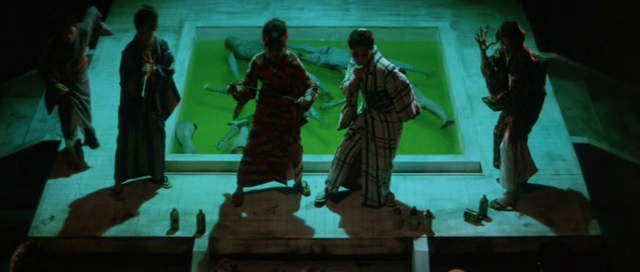
Another extremely prolific filmmaker, having directed over 90 films in his 44-year career, Teruo Ishii could not be missing from this list, since in Japan he was referred as “The King of Cult”.
His films fall under most of the genre considered cult, including prison films, martial arts, science fiction, horror, erotic and film noir. However, the main reason he is considered cult is his pervasive ero-guro aesthetics and his tendency toward the grotesque, in both themes and characters, regularly resulting from the adaptations of the most famous ero-guro novelist, Edogawa Rampo.
His works include the “Joys of Torture” movie series, which examined the history of torture in Japan and is considered among the most elaborate and important entries in the genre, equal with those of its most famous representative, Koji Wakamatsu. Furthermore, his anti-hero characters have been hailed as some of the most elaborate ever conceived, even managing to make major stars out of the actors portraying them, as was the case with Ken Takakura who starred in “Abashiri Prison”.
Lastly, Ishii was one of the first to direct action films with women in the protagonist role, another category that is considered cult.
Proposed filmography:
The Street Fighter’s Last Revenge, Detonation! Violent Riders, Female Yakuza Tale: Inquisition and Torture, Horrors of Malformed Men, The Steelman from Outer Space, Super Giant 1, Nude Actress Murder Case: Five Criminals, Sexy Line, Abashiri Prison, Shameless: Abnormal and Abusive Love, Love and Crime, Blind Woman’s Curse, Blind Beast vs. Dwarf, Female Yakuza Tale: Inquisition and Torture
13. Norifumi Suzuki
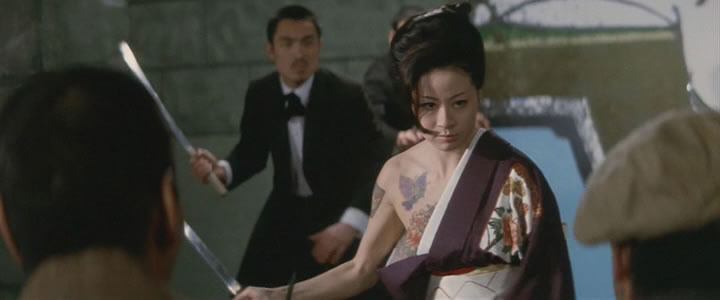
Norifumi Suzuki made a name for himself during the 70s, when Japanese major studios took a turn toward exploitation films. His artful depiction of any kind of torture and violent act, and his prowess in including philosophical themes and symbolism, separated him from the plethora of filmmakers in the genre, and he was also one of the first to give violence a form that could be characterized as lyrical.
Although he became famous due to his 10 installments in the “Truck Guy” (Torakku Yaro) film series, which were actually comedies, he achieved cult status due to his many works regarding female action heroes and for shooting the trademark film of the nunsploitation subgenre, titled “School of the Holy Beast”.
Proposed filmography:
Spring Soap Geisha, Sex and Fury, School of the Holy Beast, Girl Boss Guerilla, Kabamaru the Ninja, Roaring Fire, The Lustful Shogun and His 21 Concubines, The Erotomaniac Daimyo, Star of David: Beauty Hunting
14. Takeshi Kitano
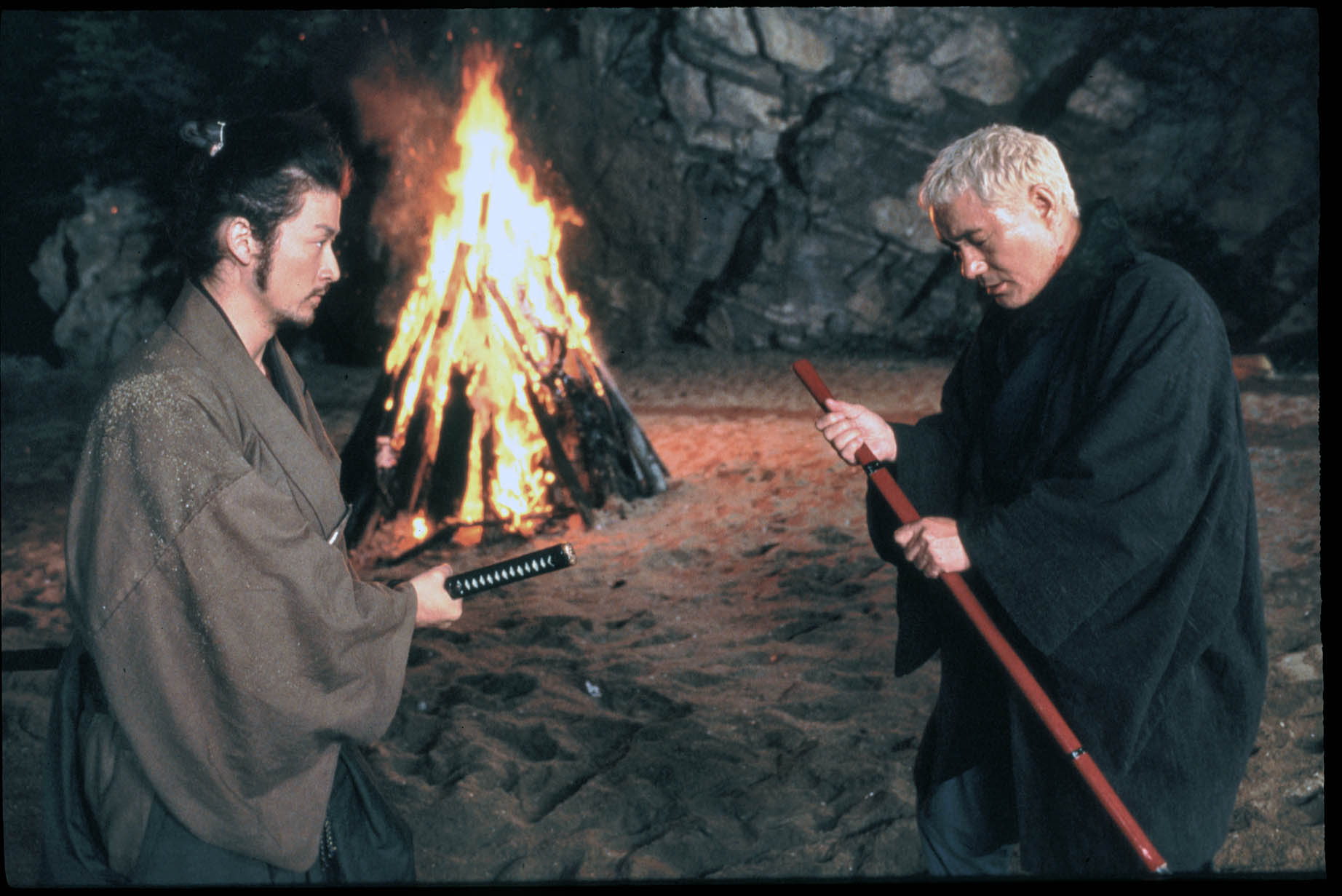
In a category that usually targeted “underground” audiences, Takeshi Kitano’s global fame seems like a miracle, since it was achieved through ultra-violent films like “Violent Cop” and “Fireworks.” This effect, however, must be attributed to the fact that Kitano managed to artfully combine exploitation and art films, creating a number of masterpieces in the process. Furthermore, his depiction of violence is so elaborate that, as in Norifumi Suzuki’s case, can be only described as lyrical.
Another advantage of his is that he managed to create a cinema so distinct that actually became a trademark, with his subtle humor, extreme violence, minimalism, and the continuous switch between yakuza and policemen protagonists, all of whom are portrayed by him, in equally elaborate fashion as his work as director, scriptwriter and editor.
Lastly, his radical portrayal of the folk hero Zatoichi would be enough to characterize him as cult, even without the rest of his filmography.
Proposed filmography:
Kids Return, Violent Cop, Sonatine, Fireworks, Brother, Outrage, Zatoichi: The Blind Swordsman
15. Toshio Matsumoto
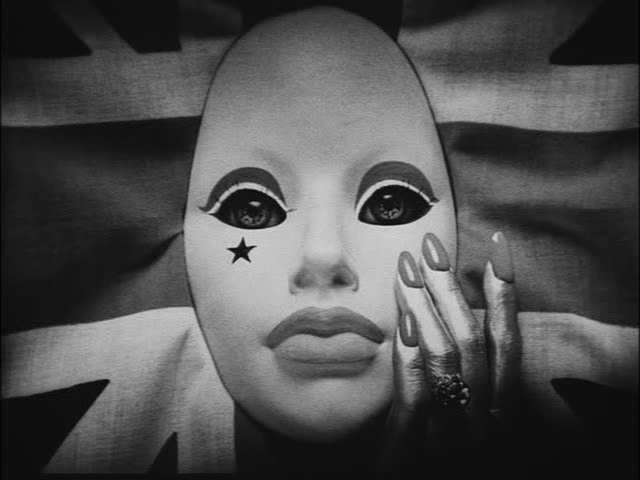
One of the prominent members of the Japanese New Wave, Matsumoto attained fame and cult status almost exclusively due to his feature debut, “Funeral Parade of Roses”.
The film is a masterful combination of avant-garde and exploitation aesthetics and Matsumoto managed to demolish almost every taboo existing at the time: nudity, sex, drugs, but most of all, the unfaltering depiction of the Japanese gay society through the eyes of a transvestite made the majority of the other films of the movement seem almost conservative.
However, Matsumoto is so much more than a cult filmmaker, since he is a renowned academic and artist having published a plethora of photo books. He’s also a professor and Dean of Arts at the Kyoto University of Art and Design, and the President of the Japan Society of Image Arts and Sciences.
Furthermore, he was one of the most active members of the new wave, since, aside from shooting film, he also wrote criticism, theory and even organized screenings, with his ulterior motive to make people, and particular filmmakers that shot propaganda films, to think about their own responsibility during wartime.
Proposed filmography:
Funeral Parade of Roses, Demons, The World of the 16 Year Olds, Dogra Magra
Author Bio: Panos Kotzathanasis is a film critic who focuses on the cinema of East Asia. He enjoys films from all genres, although he is a big fan of exploitation. You can follow him on Facebook or Twitter.